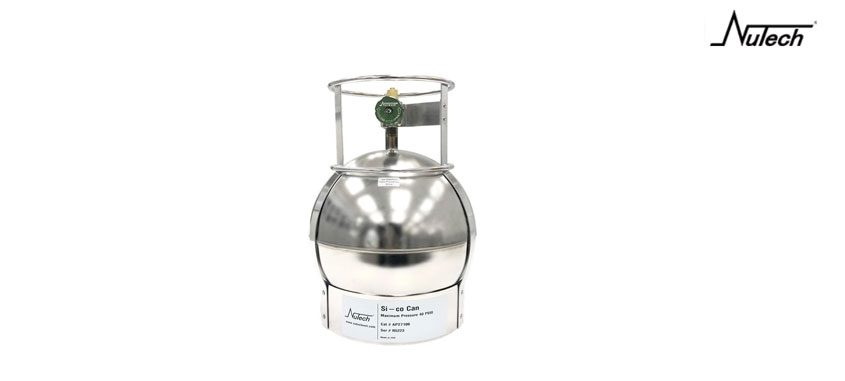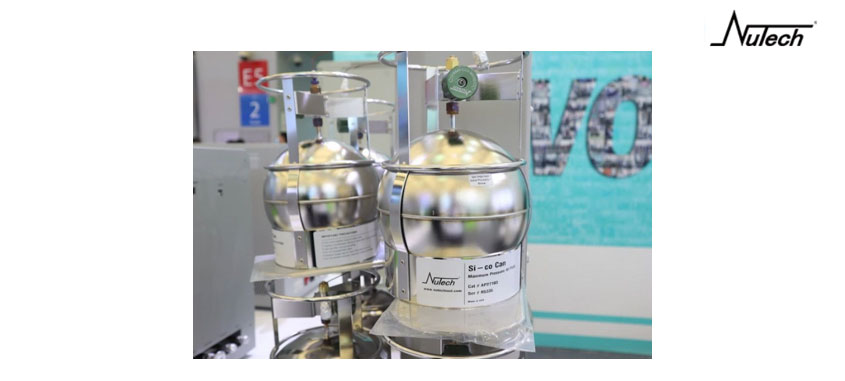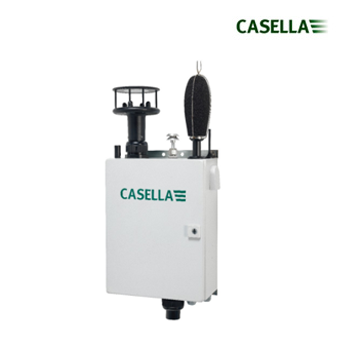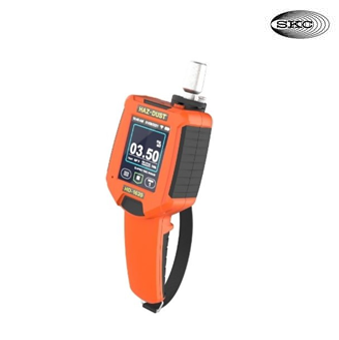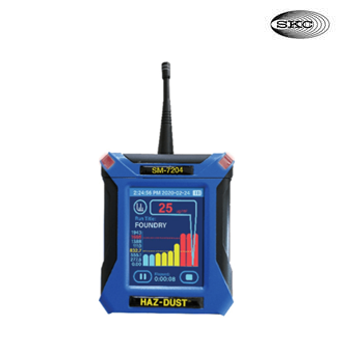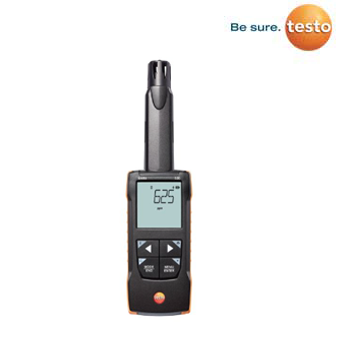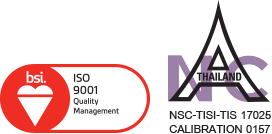Air Sampling SUMMA Canister
Product Descriptions
Summa canisters are used for the collection of TO-14 and TO-15 compounds, as well as all other air samples. The canisters are the most important part of the whole air VOC analysis.
| SUMMA Canister Technical Data | |
| Specifications | 1/3/6/15L |
| Material | 316L Stainless Steel |
| Inner Surface Treatment | Silanization (Silica Coated) |
| Maximum Pressure | 40 psi |
Air Sampling SUMMA Canister Features
1. The canister’s inner surface adopts innovative ultra-inert technology (chemical vapor coating) and ultrasonic technology and therefore no adsorption of VOCs to ensure sample stability and recovery. ppb level sulfur, nitrogen compounds and polar (aldehyde, alcohol, ester, ketone, ether, etc.), non-polar compounds can also be collected easily and losslessly, and stored for a long period.
2. Compatible with all samplers, cleaning systems, gas distribution systems and preconcentration systems on the market. The sampling canisters and valves are made of stainless steel, which is sturdy and durable and can adapt to the harsh field environment.
3. Good air tightness: pressurize with nitrogen to 30psi and measure and record the initial pressure, then close the sampling canister valve and open the valve after 24 hours, test and record its pressure. The pressure in the canister won’t decrease more than 2psi after being placed for 24 hours. The vacuum degree of 50mtorr can be achieved by vacuuming with a vacuum pump.
4. Equipped with diaphragm valve, lined with isolation diaphragm, no packing, maximum pressure 250psig; temperature 200 ℃, dead volume<5µl, internal volume 150ul. Super durable design to prevent damage of air tightness due to excessive force. More than 15,000 times of effective opening and closing.
5. Pressure gauge is optional.
Collection of ambient air samples in Summa canisters advantages:
1. convenient integration of ambient samples over a specific time period (e.g., 24 hours).
2. remote sampling and central analysis.
3. ease of storing and shipping samples.
4. unattended sample collection.
5. analysis of samples from multiple sites with one analytical system.
6. collection of sufficient sample volume to allow assessment of measurement precision and/or analysis of samples by several analytical systems.
7. storage stability for many VOCs over periods of up to 30 days.

